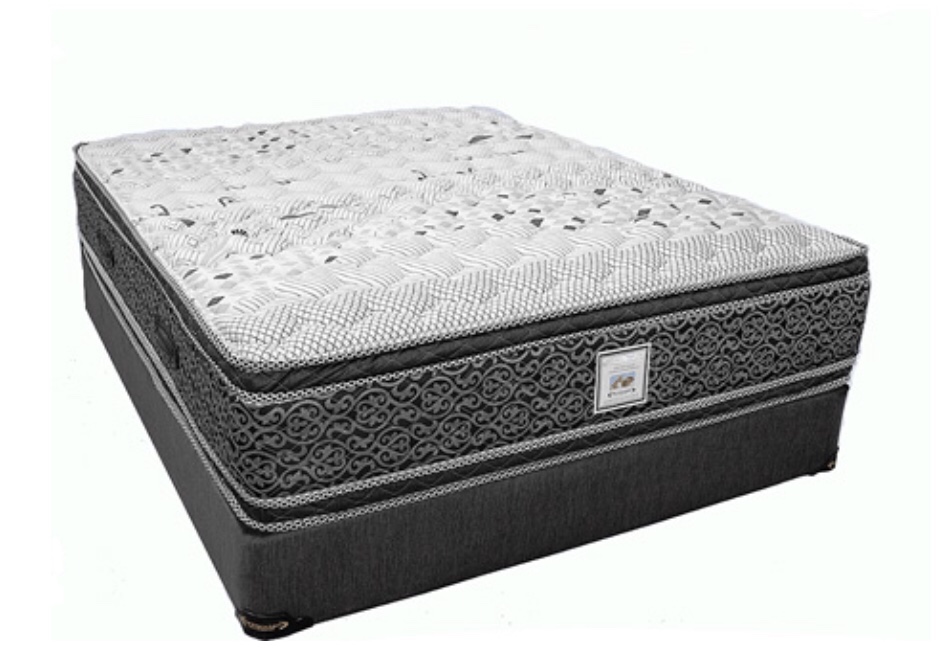
Blog Questions about beds and mattresses answered. And some stories told.
When evaluating household products based on longevity and frequency of use, few items rival the durability and long-term value of a high-quality mattress. Given that a mattress is typically used for about eight hours daily—approximately one-third of one's life—its lifespan and durability become especially significant. This raises an intriguing question: is there any other product purchased for the home that provides similar or greater longevity, considering the daily usage factor?
To properly assess this, it's essential to first understand the typical lifespan of a quality mattress. Industry standards and consumer guidelines suggest that a well-made mattress usually lasts between 7 to 10 years, although premium mattresses can often last between 12 and 15 years, sometimes even longer if carefully maintained. This translates to around 29,200 to 36,500 hours of direct use over its lifespan, given the average nightly usage of eight hours.
Considering this impressive duration of functional use, it is challenging to identify many other products in the household with comparable performance. Most home appliances, electronics, and furnishings either don't endure daily, intensive use or have shorter lifespans due to technological obsolescence or mechanical degradation.
For example, home appliances such as refrigerators or washing machines might remain in the home for a long duration—typically around 10 to 15 years—but their active use per day is significantly lower. A refrigerator operates continuously but demands little active user interaction and wears differently. A washing machine may only run a few cycles per week, amounting to significantly less than the thousands of hours of direct use a mattress undergoes. Thus, while these appliances do indeed last many years, the actual intensity of their usage cannot fairly compare with that of a mattress.
.png)
Another common household investment is furniture, specifically sofas or dining room tables. A good-quality sofa might last as long as a mattress—about 10 to 15 years, sometimes more—but its daily use is usually less intense. A sofa might be used frequently, but usually not continuously for eight hours per day. A dining table, while potentially lasting decades, similarly does not experience continuous use. The intensity and duration of actual daily use are crucial factors here, significantly differentiating these products from a mattress.
Electronics represent another interesting comparison. Televisions, computers, or mobile devices are items that are extensively used every day, often for several hours. However, technological advancements and built-in obsolescence frequently limit their functional life. Most people replace their phones every two to four years, their computers every four to five years, and their televisions approximately every seven to ten years due to improvements in technology or declining performance. Thus, while heavily used, their longevity in practical terms often falls short of a high-quality mattress.
A possible exception might be certain types of durable kitchenware, such as cast iron cookware, which can last multiple generations with proper care. Cast iron pans, for example, are designed to last indefinitely and may remain functional for decades or even centuries. However, even considering their extraordinary longevity, their daily usage rarely matches the intensity of mattress usage—typically they are used briefly, perhaps once or twice a day for cooking, rather than continually.
Home structures such as flooring, roofing, or foundational elements also offer considerable durability, often lasting decades. Hardwood flooring, properly maintained, can last 20 to 30 years or more. Roofs, depending on materials, commonly endure 15 to 30 years. Nevertheless, these components are passive—once installed, their usage involves minimal active interaction from household occupants, reducing their wear-and-tear intensity relative to the mattress, which directly supports and interacts with the body every single night.
Thus, when the criterion includes active daily use combined with product longevity, the mattress uniquely emerges as a household item with extraordinary durability. The reason mattresses are so durable, yet often underestimated, is largely due to their construction. Modern mattresses, particularly premium varieties, are crafted using high-quality foams, latex, innersprings, and hybrid designs optimized to withstand nightly pressures and body weight for extended periods. Additionally, technological advancements in materials have significantly improved mattress lifespan, comfort retention, and durability.
Furthermore, the long-term economic value of investing in a high-quality mattress is profound. Considering the longevity and the substantial amount of direct interaction with the user, mattresses arguably represent one of the most cost-effective household investments. Their impact extends beyond just physical support; quality sleep provided by a good mattress has a direct correlation with improved health, productivity, and overall quality of life.
In conclusion, while many household products offer substantial longevity, few match the intensive and consistent daily use that mattresses experience. Home appliances, furniture, electronics, kitchenware, and structural elements might individually surpass or match a mattress's lifespan in purely chronological terms, but their actual daily usage typically falls far short. Consequently, in evaluating longevity through the lens of daily use and sustained performance, a high-quality mattress stands alone, offering an unparalleled blend of durability, comfort, and lasting value for consumers. Such considerations underscore the wisdom and prudence of investing thoughtfully in selecting and maintaining one of the home's most critical yet frequently overlooked assets.




.png)
 Copyright © 2025 |
Copyright © 2025 |